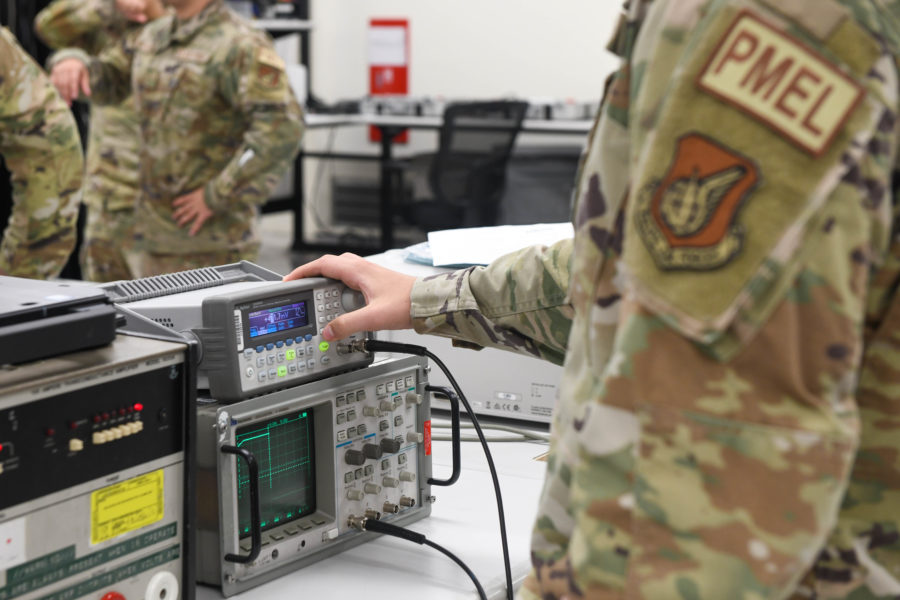Half of the Air Force’s billets that call for advanced academic degrees in science, technology, engineering, or math are either unfilled or filled by someone who doesn’t hold the degree. At the same time, the Air Force has the fewest general officers with advanced STEM degrees in 30 years.
A group from the Air Force Research Laboratory quantified the deficiencies in STEM officers as part of their effort to implement the Air Force’s “Science and Technology Strategy: Strengthening USAF Science and Technology for 2030 and Beyond” from 2019 to 2021, according to a news release.
The group made recommendations about improving the pipeline of uniformed personnel with technical backgrounds, and a number of efforts are helping the service to build more technically savvy forces.
“In the past, there was a big push for Airmen with technical degrees, and [that] hasn’t gone by the wayside, but maybe that emphasis has decreased a little bit,” Col. Daniel Gallton, chief of the science and engineering division inside the Air Force Office of Scientific Research, said in the release.
Letting the numbers decline could put the U.S. at a competitive disadvantage, Gallton said: “When you start looking at some of our near peers like China—China has been pushing a lot of advanced academic degrees.”
Air Force general officers are half as likely to have an advanced STEM degree as leaders at Fortune 500 companies, the researchers found—15 percent compared to 30 percent.
“If you could look at fill-rates for positions coded for STEM masters or doctorates, they only have STEM [advanced academic degree members about 50 percent of the time,” said Col. Mario Serna Jr., deputy director of innovation and technology integration at the Department of the Air Force Rapid Capabilities Office’s Field Support Unit, in the release. The billets go unfilled or someone without the degree receives a waiver to serve in the role.
“In either case, it is an example of not having enough STEM advanced degree holders at a time when the battlefield is strongly one of technology innovation,” Serna said.
To begin addressing the issue, AFRL’s team hosted a panel discussion earlier this month at the Wright Dialogue With Industry 2022 and plans another discussion Oct. 13 on “how best to structure the [science and engineering] career field.”
Even before the AFRL team became aware of the extent of the problem, the 2030 strategy document laid out bullet points for how to build a pipeline of tech-savvy Airmen, including to “purposefully manage” the career fields; support opportunities for the “technical military workforce” to “broaden its technical expertise and expand its warfighter perspective”; and to start filling technical billets at the general officer level.
Giving officers ways to try new things in a “failure-tolerant environment” can help to broaden expertise, according to the release. Examples have included Edison Grants that fund a year of research experiments and Project Arc, described as assigning scientists and engineers to work closely with operators at 13 bases in nine states “to promote innovation and enhance mission efficiency.”
More programs the Department of the Air Force is trying out to develop the STEM workforce include University Affiliated Research Centers, the AFRL Regional Research Hub network, and the Space Force’s University Partnership Program.
